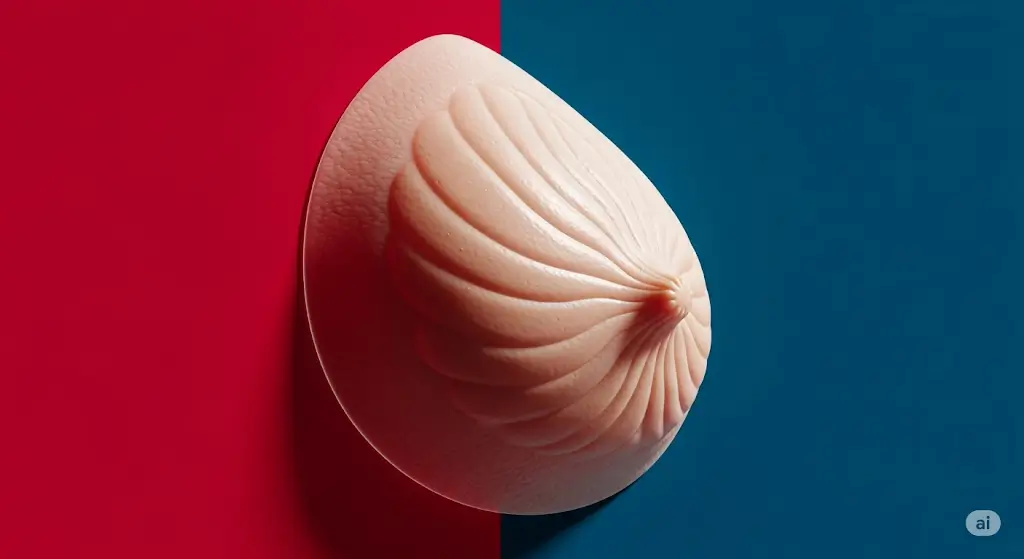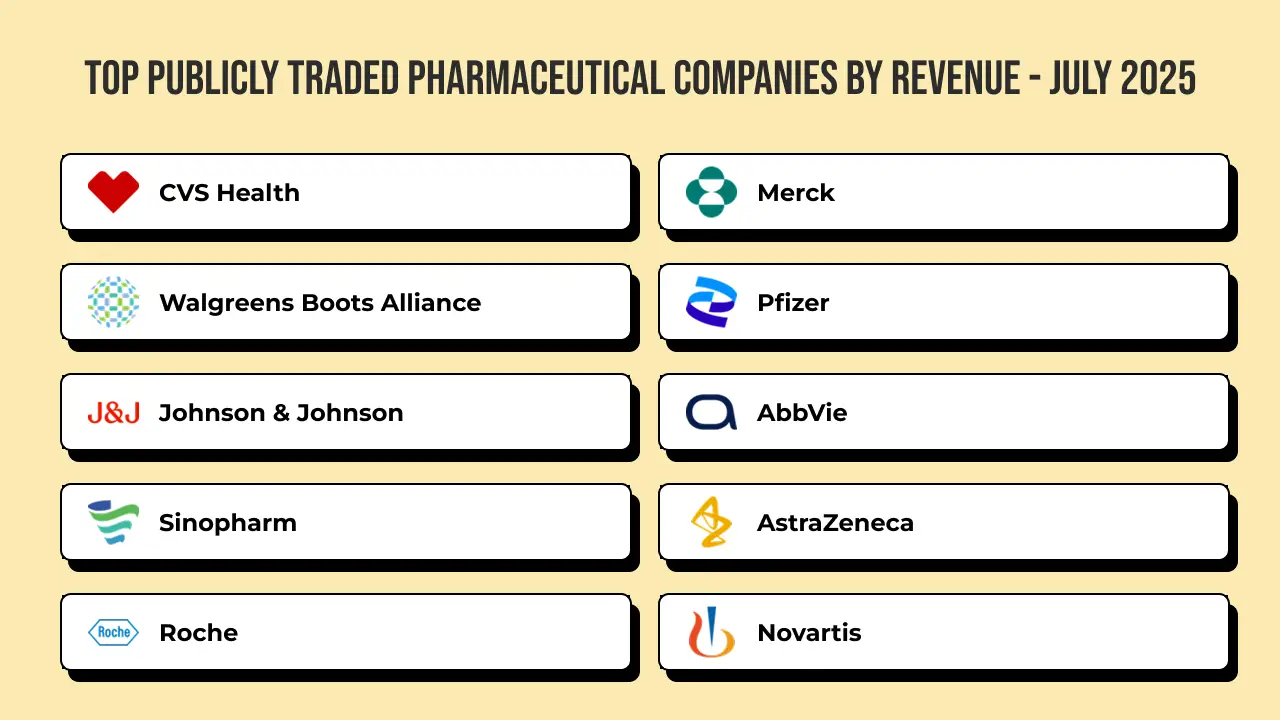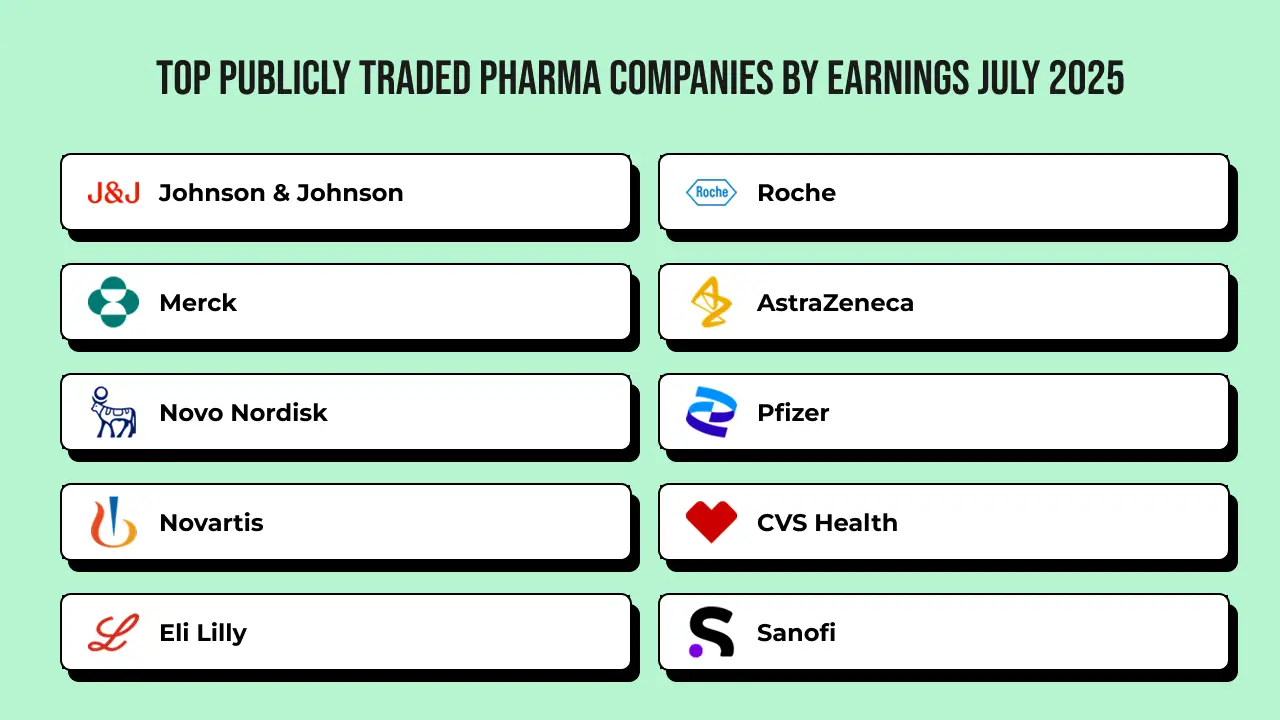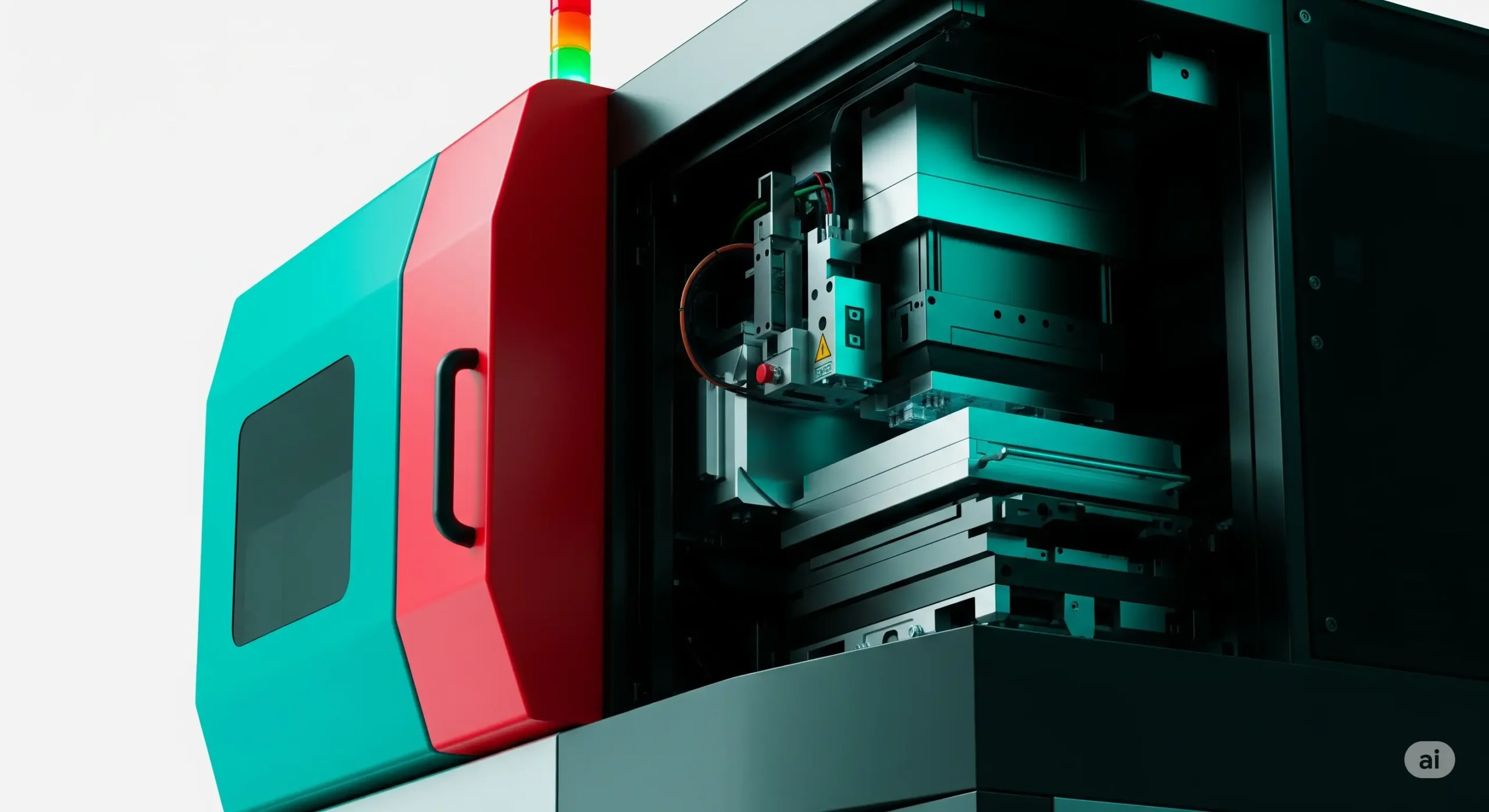I find the breast prosthetic market fascinating, as it’s projected to reach a value of $1.2 billion by 2030, growing at a compound annual growth rate (CAGR) of 7.8% from 2023. This growth is driven by increasing breast cancer prevalence, with millions undergoing mastectomies annually, and rising awareness about post-surgical aesthetic solutions. The demand for breast prosthetics is also fueled by advancements in materials, making them more comfortable and realistic. Additionally, supportive insurance policies in many regions are easing access to these products, encouraging more women to opt for prosthetics. The market’s expansion reflects not only medical needs but also a cultural shift toward body positivity and self-confidence, empowering women to embrace personalized solutions after surgery. I’m struck by how this market blends healthcare innovation with emotional well-being, addressing both physical and psychological aspects of recovery.
When I look at the market’s segments, silicone breast prosthetics dominate, holding the largest share due to their natural feel and durability. Other segments include foam-based and fiberfill prosthetics, which are lighter and more affordable but less popular. Silicone prosthetics lead because they mimic natural breast tissue closely, offering a realistic appearance under clothing. External breast forms, worn outside the body, are the most common product type, surpassing implants due to their non-invasive nature and lower cost. Partial prosthetics, used for lumpectomies, are gaining traction as more women opt for less invasive surgeries. The application segment shows post-mastectomy use as the primary driver, reflecting the high volume of breast cancer surgeries globally. I find it remarkable how silicone’s versatility has cemented its top position, catering to diverse patient needs.
The competitive landscape of this market intrigues me, with several key players shaping its direction. Leading companies include Amoena, Anita International, and Trulife, which are renowned for their high-quality silicone prosthetics and extensive distribution networks. Other notable names like Allergan and Silimed focus on both prosthetics and implants, leveraging their expertise in medical aesthetics. These companies invest heavily in research to enhance product comfort and customization, such as developing lightweight materials and skin-friendly adhesives. Amoena stands out for its global presence and innovative designs, capturing a significant market share. I’m impressed by how these firms balance profitability with patient-centric innovation, ensuring women have access to products that enhance their quality of life post-surgery.
Geographically, I notice North America leads the breast prosthetic market, driven by high breast cancer incidence, advanced healthcare infrastructure, and favorable reimbursement policies. The United States alone accounts for a substantial share, with organizations like the American Cancer Society promoting awareness. Europe follows closely, with countries like Germany and the UK benefiting from robust medical systems and growing demand for aesthetic solutions. Asia-Pacific is emerging rapidly, particularly in China and India, where rising disposable incomes and improving healthcare access are boosting adoption. Latin America and the Middle East show moderate growth, constrained by economic challenges but supported by increasing awareness. I find it compelling how global disparities in healthcare access shape the market’s regional dynamics, yet the universal need for post-surgical solutions unites these regions.
The latest innovations in this market excite me, particularly the development of 3D-printed breast prosthetics, which offer unparalleled customization. These prosthetics use advanced scanning to match a patient’s unique anatomy, improving comfort and aesthetics. Top trends include the use of eco-friendly materials and smart prosthetics embedded with sensors to monitor skin health. Lightweight, breathable fabrics are also gaining popularity, enhancing wearability in diverse climates. I’m inspired by how technology is transforming this market, with trends like personalized prosthetics and sustainable production reflecting broader shifts toward inclusivity and environmental responsibility. These advancements not only improve functionality but also empower women to feel confident and supported in their recovery journey.












